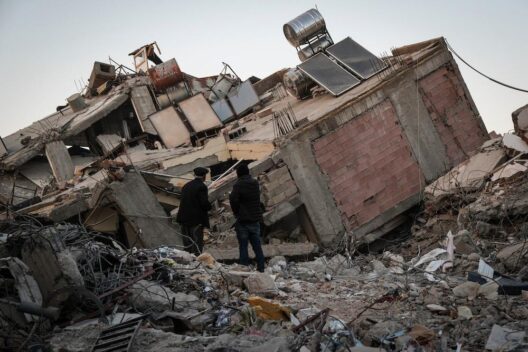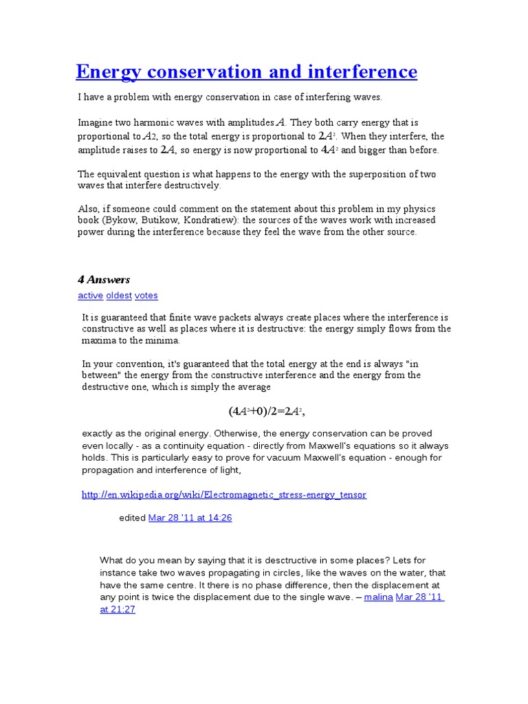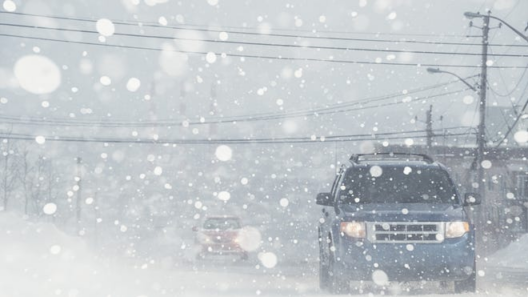Indonesia, a sprawling archipelago that serves as a vital hub of biodiversity and cultural richness, has found itself at a crossroads in the battle against climate change. With over 17,000 islands and a reputation for vast tropical forests, this Southeast Asian nation plays a crucial role in the global narrative of environmental sustainability. Yet, despite its natural wealth, Indonesia’s contribution to global warming is significant and multifaceted. Are we prepared to accept the challenge of transforming a key player in climate change into an emblem of hope for environmental restoration?
To understand Indonesia’s role in global warming, one must first examine the primary contributors to greenhouse gas emissions. Indonesia ranks third, behind China and the United States, in terms of total emissions from deforestation and land-use change. The extensive clearing of forests for agriculture, particularly palm oil cultivation, not only destroys vital ecosystems but also releases vast stores of carbon dioxide that have been sequestered in these trees for decades. The irony is palpable: as a nation endowed with unparalleled natural reserves, Indonesia’s actions are paradoxically contributing to global atmospheric degradation.
According to a report by the Intergovernmental Panel on Climate Change (IPCC), land-use changes, particularly deforestation, account for approximately 60% of Indonesia’s total greenhouse gas emissions. This represents a call to action. The country has immense potential for forest conservation, which serves as a natural carbon sink. Preserving these forests could significantly mitigate climate change, but this is easier said than done. With the global demand for palm oil continuing to surge, production often trumps conservation efforts.
Furthermore, the challenge extends beyond forestry. Indonesia’s commitment to fossil fuels cannot be overlooked. Coal and natural gas industries are projected to burgeon in the coming years, raising questions about the feasibility of transitioning to renewable energy sources. Although the government has pledged to reduce carbon emissions, the reliance on fossil fuels presents a daunting hurdle. How can Indonesia reconcile its need for economic growth with the imperative of environmental stewardship?
Another dimension of Indonesia’s contribution to climate change involves rising sea levels and food insecurity. As an archipelago, Indonesia is highly vulnerable to the impacts of climate change. Rising sea levels threaten coastal cities like Jakarta, exacerbating flooding and displacing communities. This predicament renders agriculture increasingly precarious, as the combination of saltwater intrusion and unpredictable weather patterns jeopardizes food production. It poses a question: How can a nation built on an abundance of resources face the paradox of scarcity? The answer lies in actionable strategies that ensure the sustainability of both the environment and the people.
On the flip side, Indonesia also presents boundless opportunities for climate change mitigation and adaptation. Investment in renewable energy sources, such as solar, wind, and geothermal power, is increasing. Indonesia sits on the “Ring of Fire,” making it one of the most geothermal-rich countries in the world. Tapping into this potential could dramatically curb carbon emissions and catalyze a new era of sustainable development. However, this necessitates significant investment in technology, infrastructure, and robust policy frameworks. Are potential investors ready to embrace this challenge?
The role of civil society and grassroots movements cannot be understated. Environmental NGOs and local communities are pivotal in advocating for sustainable practices and pushing for policy reforms. These organizations face the daunting task of educating the public about climate change while promoting sustainable livelihoods. The question remains: What power do local communities wield in influencing national policies? Their collective voice could spark a transformative movement towards conservation and climate justice.
Moreover, Indonesia’s biodiversity is an underappreciated asset in this narrative. Home to thousands of species, many of which are endemic, protecting biodiversity enhances ecosystem resilience and strengthens the capacity to withstand climate-related stresses. Initiatives aimed at reforestation and conservation not only combat carbon emissions but also safeguard flora and fauna that are integral to the ecological balance. This poses another challenge: as protectors of biodiversity, how can Indonesians rise to their responsibilities in preserving this irreplaceable heritage?
In conclusion, while Indonesia’s contributions to global warming are substantial, the nation’s potential to combat climate change is equally profound. The interplay between economic development, environmental preservation, and social equity presents a complex landscape for policymakers and citizens alike. The question looms large: Are we ready to embrace the challenge of crafting a sustainable future that harmonizes economic aspirations with planetary health? The stakes could not be higher, and the time for action is now.
Ultimately, Indonesia embodies both the plight and promise of global efforts to address the existential threat of climate change. As travelers through this narrative of environmental activism, every citizen—in Indonesia and beyond—holds the power to question, to challenge, and to foster changes that could redefine the relationship between humanity and nature for generations to come.








